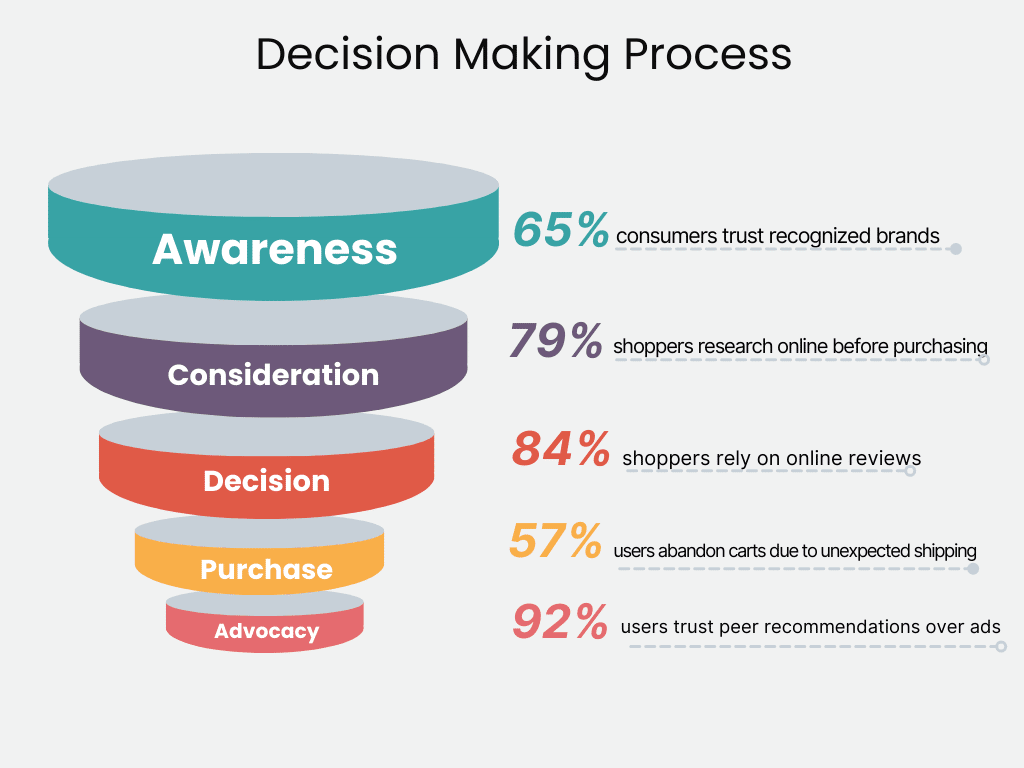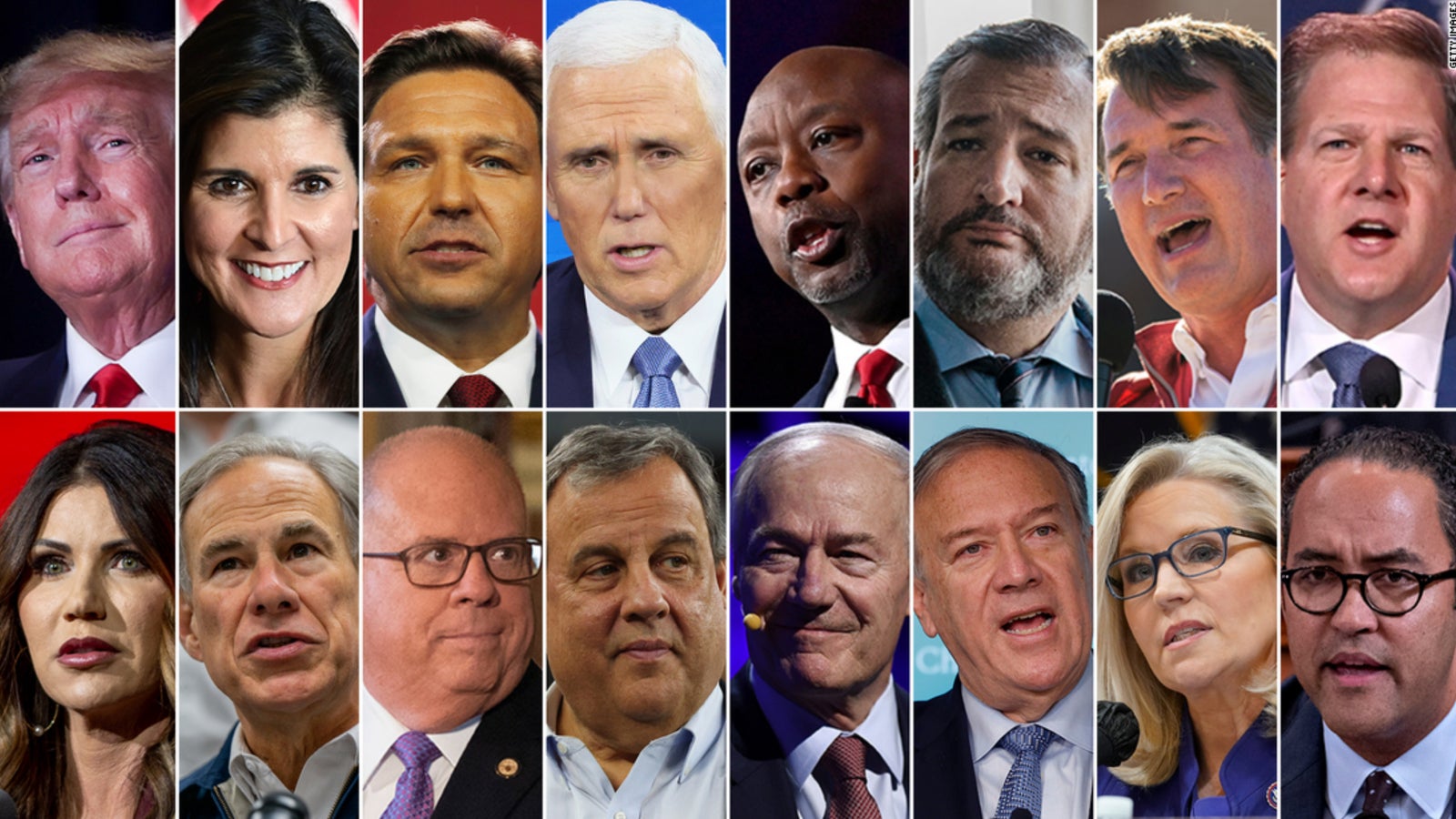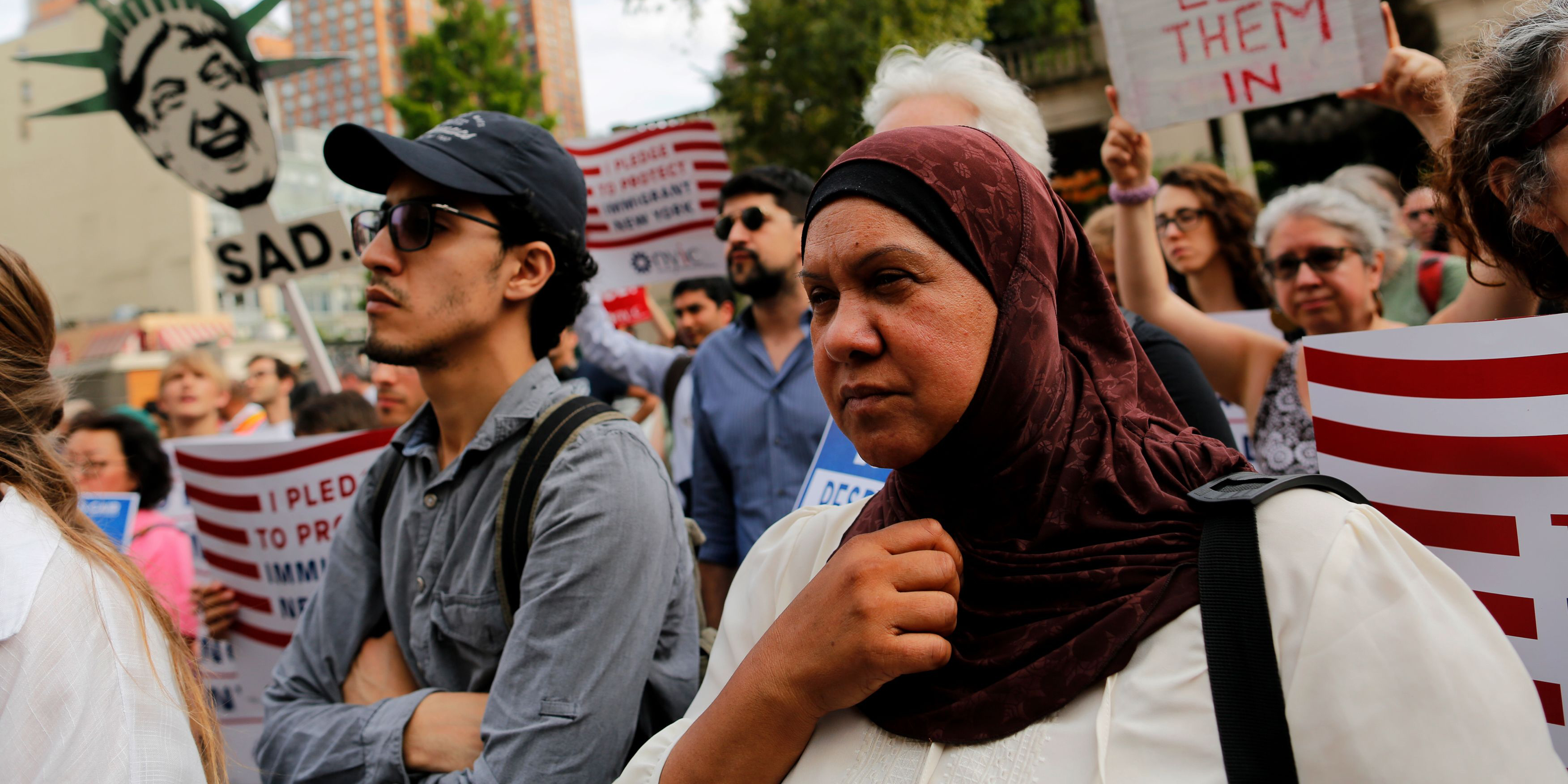Target's Controversial DEI Decision: Analysis Of The Consumer Response And Sales Decline

Table of Contents
The Nature of the Controversial DEI Initiative
Target's Pride month collection, intended to celebrate and support the LGBTQ+ community, became the focal point of a significant consumer backlash. Let's examine the specifics.
Details of the Pride Collection
The collection featured a wide range of items, including clothing, accessories, home goods, and beauty products. Many items incorporated rainbow designs, LGBTQ+ symbols, and slogans promoting inclusivity. However, certain items, particularly those designed in collaboration with specific LGBTQ+ designers and activists, sparked the most intense criticism.
- Specific Products: Examples included children's clothing featuring transgender themes, adult apparel with provocative slogans, and home decor items with overtly sexualized imagery.
- Price Points: The price points varied significantly, with some items considered affordable while others were positioned in a higher price bracket. This price range contributed to the debate, with some critics arguing that the pricing excluded certain demographics from participation.
- Marketing Strategies: Target's marketing campaign primarily utilized social media and in-store displays. The campaign emphasized inclusivity and celebration but inadvertently alienated a segment of its customer base.
- Partnerships: Target partnered with several LGBTQ+ designers and organizations, a move intended to showcase support for the community. However, some partnerships further fueled the controversy due to the nature of the designs produced.
Target's Public Communication Strategy
Target's initial response to the criticism was perceived by many as insufficient. While they attempted to clarify their intentions and reaffirm their commitment to DEI, their messaging lacked clarity and failed to address the specific concerns raised by critics.
- Statements: Target issued press releases and social media posts expressing their support for the LGBTQ+ community, but these efforts were largely drowned out by the volume of negative feedback.
- Social Media Engagement: Their attempts to engage with critics on social media were largely unsuccessful, as many comments were met with further criticism.
- Changes to Merchandise: While initially Target didn't remove items from the collection, the company eventually took some items down, likely in response to declining sales and the overwhelming negative sentiment.
The Consumer Backlash and its Manifestations
The response to Target's Pride collection was swift and widespread, manifesting in various forms.
Social Media Sentiment Analysis
Social media platforms became battlegrounds for opposing viewpoints. The hashtag #BoycottTarget trended widely, indicating a highly organized and vocal segment of consumers expressing their disapproval.
- Negative Commentary: Social media was flooded with criticism, ranging from concerns about age appropriateness to accusations of promoting a specific political agenda.
- Organized Boycotts: Multiple online groups actively encouraged consumers to boycott Target, sharing their concerns and promoting alternative retailers.
- Influencer Involvement: Several prominent social media influencers joined the calls for a boycott, significantly amplifying the negative sentiment and reaching a larger audience.
Evidence of Sales Decline
While Target hasn't released specific sales figures related to the Pride collection, various reports suggest a noticeable decline in sales, especially in the weeks following the launch of the controversial merchandise.
- Stock Performance: Target's stock price experienced a slight dip during the period of heightened controversy.
- Analyst Reports: Financial analysts noted a slowdown in sales growth compared to the same period in previous years, and this was attributed, at least in part, to the negative publicity surrounding the Pride collection.
- Specific Product Lines: Reports indicated that sales of items directly involved in the controversy experienced the most significant decline.
Boycott Efforts and Their Effectiveness
The organized boycotts undoubtedly played a role in Target's declining sales. The scale and organization of these efforts significantly amplified the negative sentiment.
- Call to Action: Online groups circulated clear calls to action, urging consumers to stop shopping at Target and to share their dissatisfaction with the retailer.
- Participation Levels: The extent of participation is difficult to quantify precisely, but the volume of online criticism and anecdotal evidence suggest a considerable level of engagement in the boycott.
- Media Coverage: The boycott efforts received significant media attention, further contributing to the overall negative perception of Target's Pride collection.
Long-Term Implications for Target's Brand and Future Strategies
The controversy surrounding Target's Pride collection carries significant long-term implications for its brand and future strategies.
Damage to Brand Reputation
The backlash significantly damaged Target's brand reputation, potentially alienating a portion of its customer base and raising questions about its future marketing strategies.
- Shifting Demographics: The incident may lead to shifts in Target's consumer demographics, potentially pushing away customers who strongly disagree with the company's approach to DEI.
- Impact on Future Campaigns: Future marketing campaigns will need to be carefully considered to avoid similar controversies. The company will need to find a way to balance inclusivity with broader market appeal.
- Risk of Future Controversies: The controversy underscores the potential risks associated with aligning with specific social and political causes.
Adjustments to DEI Strategies
Target will likely need to adjust its DEI strategies in response to the backlash. This might involve revising its approach to product design, marketing, and public communication.
- Future Strategies: Target might adopt a more cautious approach to future DEI initiatives, prioritizing broader appeal over potentially polarizing messaging.
- Revised Communication Plans: The company will need to develop clearer and more effective communication strategies to address potential concerns before they escalate into major controversies.
- Community Engagement: Greater investment in community engagement and understanding diverse perspectives will be critical for future success.
Conclusion
Target's controversial DEI decision, specifically its Pride month collection, resulted in significant negative consumer response and demonstrable sales decline. The analysis shows a strong correlation between the launch of the collection and the ensuing backlash, highlighting the complexities of implementing DEI initiatives within a commercially sensitive environment. Understanding the nuances of consumer sentiment and carefully calibrating messaging are crucial for companies navigating these issues. Moving forward, Target and other corporations must carefully consider the potential ramifications of their DEI strategies to avoid similar controversies and protect their brand reputation. Further research into the long-term impact of this particular incident on Target's sales and consumer loyalty is necessary to fully understand the implications of this case study in corporate social responsibility and Target's DEI initiatives.

Featured Posts
-
 3 Dias Para Comenzar Tu Entrenamiento De Boxeo En Edomex
May 01, 2025
3 Dias Para Comenzar Tu Entrenamiento De Boxeo En Edomex
May 01, 2025 -
 Cleveland Cavaliers Win Streak Extends To 10 Games Hunters 32 Point Performance Key
May 01, 2025
Cleveland Cavaliers Win Streak Extends To 10 Games Hunters 32 Point Performance Key
May 01, 2025 -
 Eurovision 2025 Analyzing The Leading Candidates
May 01, 2025
Eurovision 2025 Analyzing The Leading Candidates
May 01, 2025 -
 Nrc Condemns Anti Muslim Plots Demands Swift Action In Bangladesh
May 01, 2025
Nrc Condemns Anti Muslim Plots Demands Swift Action In Bangladesh
May 01, 2025 -
 Late Game Heroics Guardians Edge Royals In Extra Innings
May 01, 2025
Late Game Heroics Guardians Edge Royals In Extra Innings
May 01, 2025
